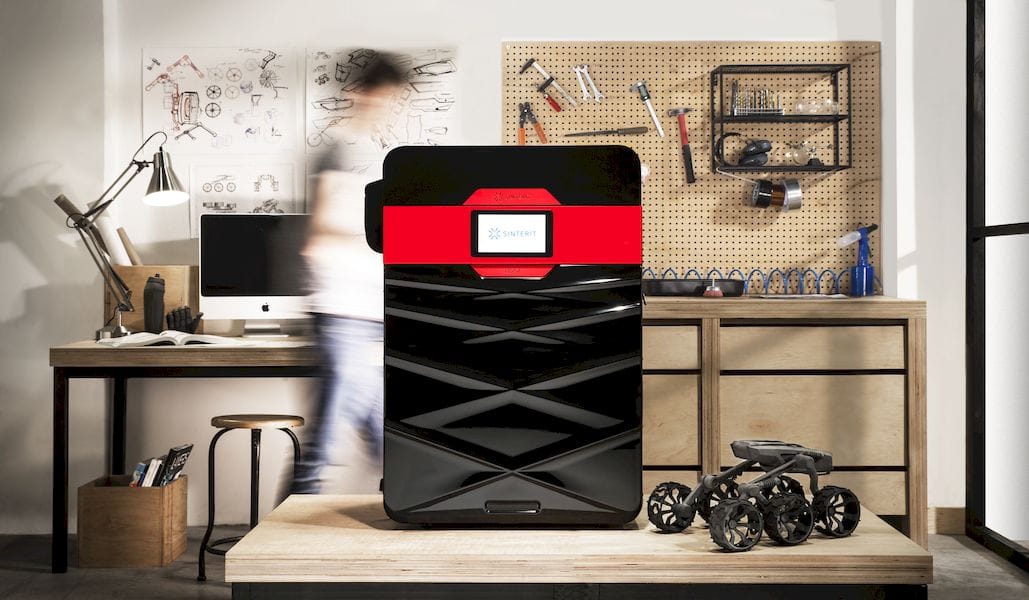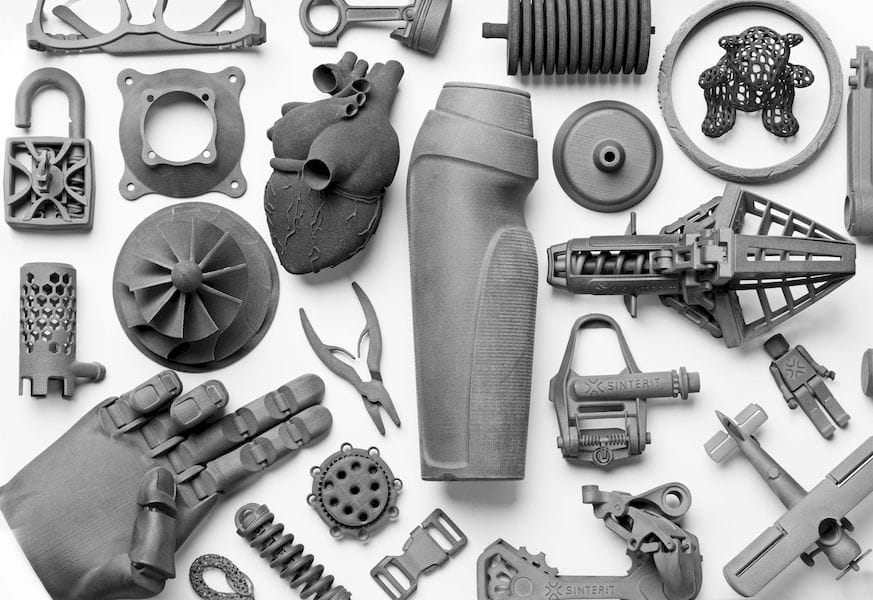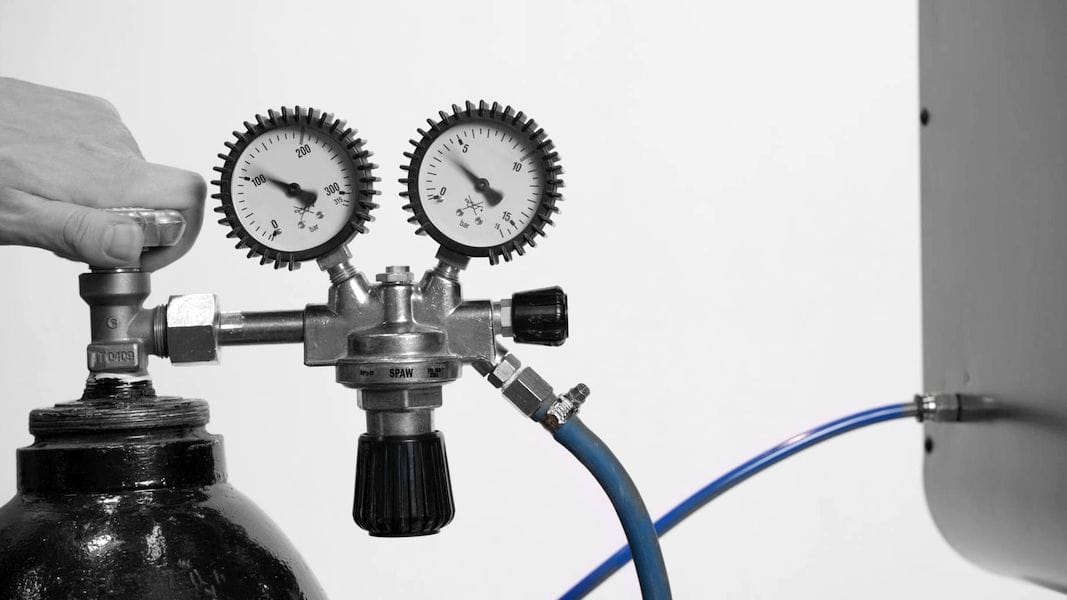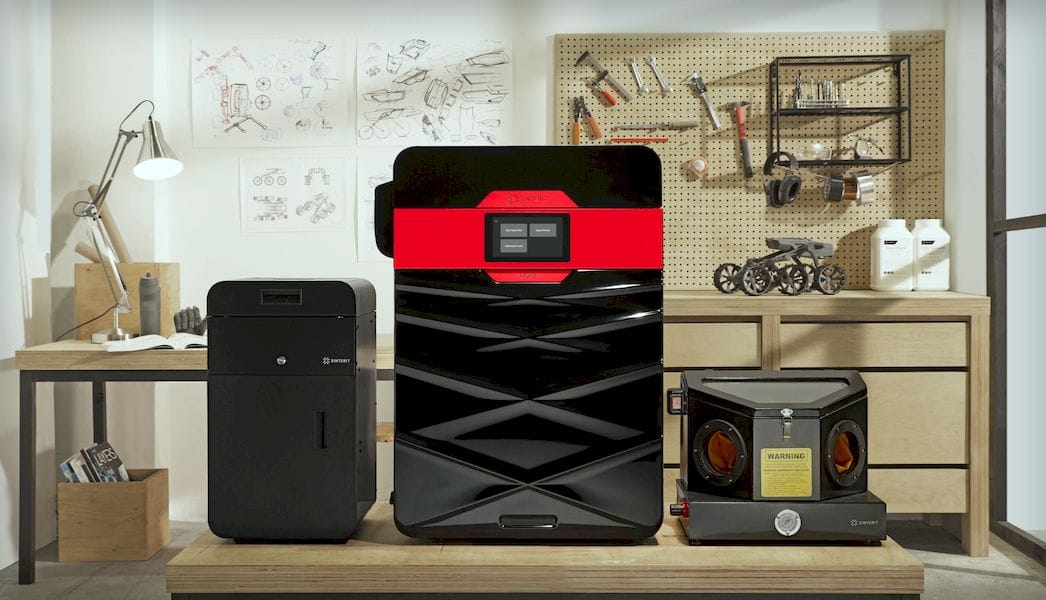
Sinterit announced a larger SLS 3D printer, the Lisa 2.
The Krakow-based company has made a name by providing the lowest cost desktop SLS 3D printer available, the Sinterit Lisa. This powerful 3D printer produces high resolution objects in strong nylon materials, yet costs only about USD$6,000.
If there was one knock on the Lisa, it might have been its build volume, which is 150 x 200 x 150mm. That’s sufficiently large for many applications, but of course, bigger is better.

That’s where the new Lisa 2 comes in: it has a substantially larger build volume at 150 x 200 x 260mm. This allows more vertical space, which is eminently usable in a powder machine, as prints are arranged in three dimensions, not just on the print surface. The print volume does change, however, when printing certain materials:
Flexa – high accuracy max print volume 110 x 160 x 250mm
PA – high accuracy max print volume 90 x 120 x 230mm
I should point out that this build volume increase is very substantial due to the nature of the SLS process. In many resin and extrusion-based 3D printers, only one layer of objects are typically 3D printed per job, because you cannot practically place items on top of each other.

That’s not the case with SLS systems, in which the prints are surrounded by powder. While this means no support structures (and associated post process removal of supports) are not required, it also means you can stack many objects into each print job. There is a full three dimensional degree of freedom, and you can Tetris in as many objects as you can. This makes SLS systems often more productive as more prints emerge from each print job.
This effect is significantly boosted with the Lisa 2’s large build volume: when I say the print volume is seven times larger, it literally means you can 3D print seven times as much stuff in each job. That’s very often not the case on extrusion or resin machines who increase build volume.
Sinterit explains the Lisa 2 will handle several different powder materials immediately, including:
Printing materials include strong and chemical-resistant plastics Nylon PA12 and flexa black – TPU material for rubber-like applications. With Lisa 2, the company is also introducing new Flexa Grey with better flexibility, and PA11 with superior chemical and temperature resistance.

Another interesting feature is a nitrogen chamber. As I understand it, nitrogen gas can be introduced into the build chamber, eliminating the oxygen. This means that alternative materials sensitive to oxygen exposure during 3D print fusion by laser may now be used. This opens up the possibility of Lisa 2 operators to experiment with more unusual powder materials.
The Lisa 2 does require two additional pieces of equipment to be properly operated: a sieve and a sandblaster.

The sandblaster is used to remove stray powder caught on completed prints. Prints on the Lisa 2, like all SLS systems, will be completely buried in powder after printing, and must be carefully removed. There is very often loose powder trapped in crevices on the print, and it must be removed by an air blaster system. Of course, some workshops may already have such equipment, so Sinterit makes it an optional device.
The sieve is a device used to purify used powder. As above, there is always a large amount of unused powder after each print job, and it is economical to reuse it. However, it’s possible some very small portions of this powder may have been accidentally fused during the previous print jobs. In order to maintain print quality on subsequent prints that reuse this powder, the sieve removes any fused powder particles larger than the standard, expected size.
One interesting aspect of powder management on the Lisa 2 is that the requirement for fresh powder is only 30%. In other words, you cannot simply reuse powder at 100%; you must introduce some fresh powder to ensure print quality. On many other powder-based SLS systems this ratio is 50% or even higher, so the 30% requirement should allow operators to save significantly on materials cost over other SLS options.
And that brings us to the price of the system. If the original Lisa holds a very low price, you might expect the Lisa 2 to also demand a low price relative to the market, and it indeed does.
The price of the Lisa 2 is USD$14,900 for the printer only, and rises to USD$17,400 if you include the associated sieve and sandblaster. That’s actually a very low price for a quality SLS system when you compare it to the long-time SLS equipment vendors.
It seems that Sinterit has found some success in low-cost SLS, as have their customers. Now they wish to expand that success into “larger” markets with the Lisa 2.
Via Sinterit

